Himeji and back
Saturday, March 13th, 2010 in: News, Travel
 Finally the morning came that we had to pack our things and head back towards Nagoya. Keiko popped her head in my room before she left for work to say her goodbye, and I thanked her profusely for her hospitality. Around 10am, Ryan let Koyuki into my room to rouse me out of bed. Try staying in bed with an excited dog jumping around you.
Finally the morning came that we had to pack our things and head back towards Nagoya. Keiko popped her head in my room before she left for work to say her goodbye, and I thanked her profusely for her hospitality. Around 10am, Ryan let Koyuki into my room to rouse me out of bed. Try staying in bed with an excited dog jumping around you.
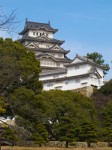 Instead of backtracking to Okayama to catch the shinkansen, we decided to hit up Himeji castle on our way out. It’s actually in the same direction as Nagoya, so it was a no-brainer. 姫路城, Himeji is the largest standing castle in Japan, one of the three castles deemed National Treasures (国宝), and is also a World Heritage site. The castle itself is pretty enormous, and the grounds are split into multiple levels, as the complex is built on a hill. Because of this, Himeji is also one of the few castles that still towers over the surrounding city. With multiple levels set within rings of moats, people were complaining about how tired they were just reaching the ground floor of the castle. I didn’t have the heart to tell them they still had five stories of steep stairs to climb to get to the top level. Alas, the cherry blossoms had yet to blossom, and from the groves of trees running all the way up to the castle I can tell it will be a sight to behold. However, the castle is closing for renovations in April, for the next FIVE YEARS. So I felt lucky to be able to see it before it gets shrouded until 2015.
Instead of backtracking to Okayama to catch the shinkansen, we decided to hit up Himeji castle on our way out. It’s actually in the same direction as Nagoya, so it was a no-brainer. 姫路城, Himeji is the largest standing castle in Japan, one of the three castles deemed National Treasures (国宝), and is also a World Heritage site. The castle itself is pretty enormous, and the grounds are split into multiple levels, as the complex is built on a hill. Because of this, Himeji is also one of the few castles that still towers over the surrounding city. With multiple levels set within rings of moats, people were complaining about how tired they were just reaching the ground floor of the castle. I didn’t have the heart to tell them they still had five stories of steep stairs to climb to get to the top level. Alas, the cherry blossoms had yet to blossom, and from the groves of trees running all the way up to the castle I can tell it will be a sight to behold. However, the castle is closing for renovations in April, for the next FIVE YEARS. So I felt lucky to be able to see it before it gets shrouded until 2015.
Throughout the castle grounds are countless artifacts and plaques explaining their significance. The construction of a castle requires an enormous amount of stones and it seems that a majority of them are donated by people throughout the realm. Some of the wealthier vassals stamped their mark on the stones to display their contribution to the castle construction. Apparently, there was a shortage of stones during the castle construction, and an old woman who ground grain for her living donated the stone she used as a mortar for the castle’s construction. Toyotomi Hideyoshi was touched by her sacrifice, and the story spread, inspiring many more donations which allowed the castle to be completed. Millstone can still be seen in the wall, alone with stone coffins that were commandeered for the foundation.
Unlike Okayama castle, the architecture of the building remains in its original state, which means dark corridors and dangerously steep staircases. If it weren’t for the artificial glow of the display cases the only illumination would be filtered through the arrow slats lining the exterior walls. One of the interesting things about these castles is that the interior layout is usually gutted to make room for people to walk around, so although you’re walking around in the same infrastructure, the interior these days is probably nothing like what the original inhabitants experienced. Just a thought.l
Remind me to write an article about Kamon. There’s a lot about the Japanese family crests that intrigues me as a designer. Moving on…
The last little treat on the way out was the okiku well, named for a servant who was falsely accused in a coup attempt and then thrown down the well by her accusers. She’s said to haunt the well to this day. Some cute little kids were standing around the well, asking their mom おきくたん誰?Who’s Okiku? The way they asked was sooo cute.
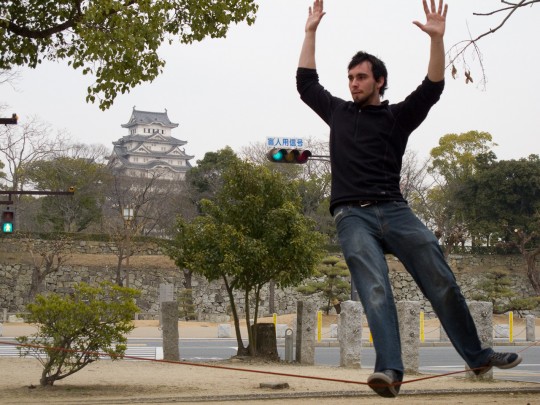 Before we leave, I have one last thing I want to do! On the way back to the station I detoured to a park in front of the castle entrance, and busted out the slackline. I’d brought it with me to so many places but we never had the opportunity to set it up; no way was I going back to Nagoya without slacklining somewhere, and in front of the biggest castle in Japan is as good a place as any! We played around on the line for about half an hour or so, as crowds of passing tourists gazed on in amazement. Poor Ryan only slacklines barefoot, so he had to suffer the wrath of Japanese park dirt.
Before we leave, I have one last thing I want to do! On the way back to the station I detoured to a park in front of the castle entrance, and busted out the slackline. I’d brought it with me to so many places but we never had the opportunity to set it up; no way was I going back to Nagoya without slacklining somewhere, and in front of the biggest castle in Japan is as good a place as any! We played around on the line for about half an hour or so, as crowds of passing tourists gazed on in amazement. Poor Ryan only slacklines barefoot, so he had to suffer the wrath of Japanese park dirt.
httpvh://www.youtube.com/watch?v=Neq2ZrLzchI
The shinkansen back seemed to take no time at all; before we knew it we were back in Nagoya parting ways. I wasn’t able to put into words just how grateful I was for the hospitality he showed me. I removed my hat and gave him a bow. It seems that gratitude transports me back to 18th century England.
When I got back home I shared the kibidango I’d brought as omiyage with the guys, and Hiro asked me when I intended to leave Nagoya. He’d called while I was still in Okayama, asking the same question, and I was a little nervous about it because I always doubt if people really enjoy my company. To my surprise, he elaborated with “The longer you stay, the happier I am.”
I need to stop doubting things so much and just accept that people actually like me sometimes.

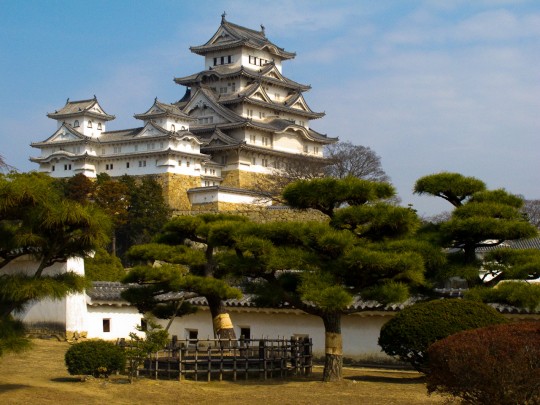
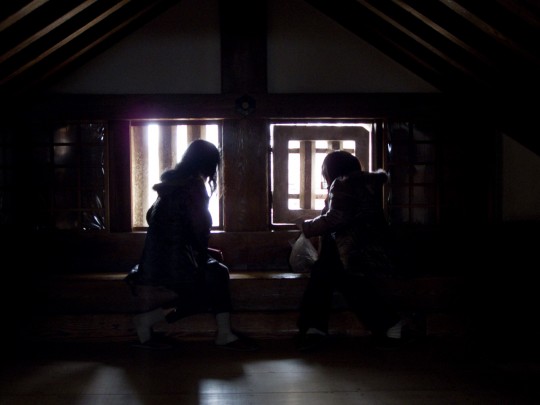
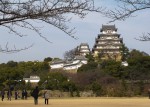
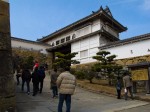

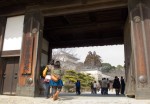

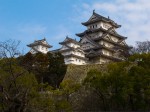
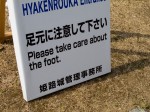
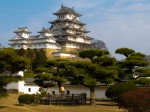
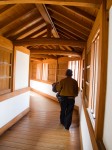

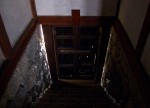
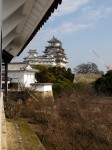
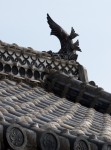
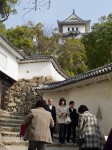
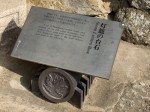
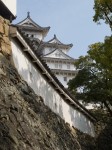
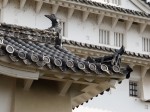

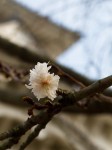
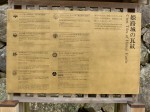
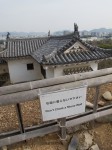
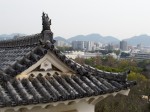
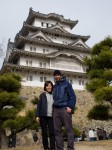
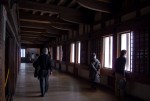

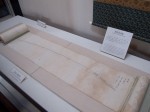
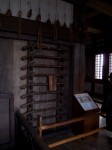

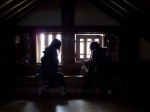
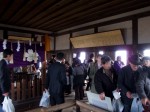

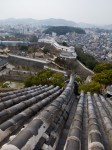

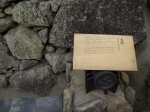
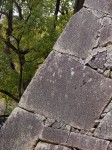
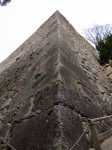
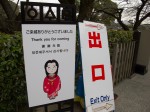
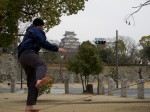
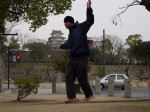
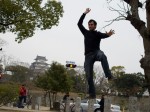


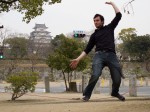








Leave a Reply